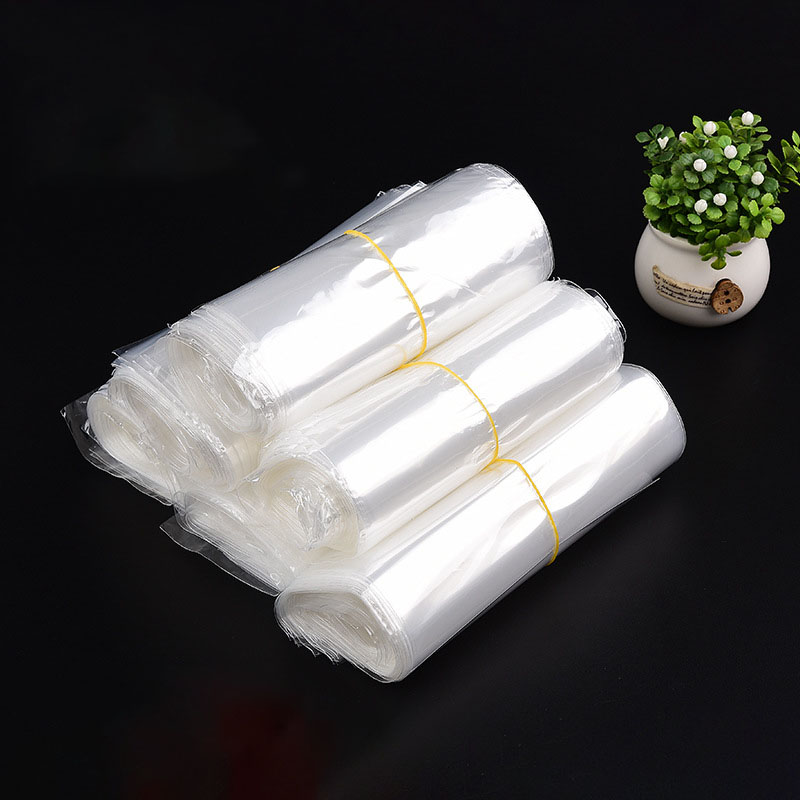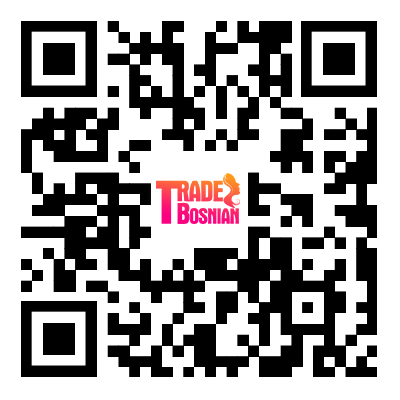Why Is Heat Shrink Wrap the Ultimate Packaging Solution for Every Industry?
2024-12-21
When it comes to packaging, durability, versatility, and efficiency are essential. Heat shrink wrap has emerged as a leading choice for businesses across industries, offering a reliable way to secure, protect, and present products. But what makes it such a popular solution? Let’s explore its features, benefits, and applications to understand why it’s the ultimate packaging choice.
1. What Is Heat Shrink Wrap?
Heat shrink wrap is a plastic film that tightly conforms to the shape of an object when heat is applied. Typically made from materials like polyethylene, polyolefin, or PVC, it creates a secure and protective layer around the product. This packaging solution is widely used for both consumer goods and industrial applications.
2. How Does It Work?
The process of using heat shrink wrap is simple:
- Step 1: Wrap the product in the shrink film.
- Step 2: Apply heat using a heat gun or shrink tunnel.
- Step 3: The film shrinks and clings tightly around the product, creating a secure seal.
3. Why Is It the Perfect Packaging Solution?
Heat shrink wrap offers several benefits that make it stand out:
- Protection: Shields products from dust, moisture, and UV damage, ensuring they stay in pristine condition.
- Security: Provides a tamper-evident seal, making it clear if the packaging has been compromised.
- Versatility: Suitable for items of all shapes and sizes, from small electronics to large pallets.
- Professional Appearance: Creates a clean, polished look, enhancing the product's appeal.
- Cost-Effectiveness: Lightweight and efficient, it reduces packaging waste and shipping costs.
4. What Are Its Key Applications?
Heat shrink wrap is used across a wide range of industries:
- Retail: For bundling multiple products, like beverages or promotional packs.
- Food Industry: Sealing food items to maintain freshness and hygiene.
- Electronics: Protecting gadgets and components from static, moisture, and damage.
- Logistics: Securing pallets during shipping to prevent movement and damage.
- DIY Projects: Wrapping items for storage, gifting, or creative purposes.
5. Is It Eco-Friendly?
Modern advancements have led to the development of eco-friendly shrink wrap options, such as biodegradable or recyclable films. These alternatives provide the same benefits while reducing environmental impact.
6. Tips for Choosing the Right Heat Shrink Wrap
Selecting the best shrink wrap for your needs depends on these factors:
- Material: Choose between PVC, polyolefin, or polyethylene based on the application.
- Thickness: Thicker films are better for heavy-duty applications, while thinner films are ideal for lightweight products.
- Transparency: Opt for clear shrink wrap to showcase your product or opaque for discreet packaging.
- Shrink Ratio: Ensure the film has the appropriate shrink percentage for your product size.
7. How Does It Compare to Other Packaging Methods?
Heat shrink wrap outperforms many traditional packaging options by offering a superior combination of protection, aesthetics, and cost savings. Unlike bulky cartons or loose-fitting plastic covers, shrink wrap provides a snug, custom fit that maximizes efficiency and reduces waste.
Final Thoughts
Heat shrink wrap is more than just a packaging material—it’s a game-changer for industries seeking efficiency, protection, and appeal. Whether you’re bundling products for retail, safeguarding goods during shipping, or enhancing your brand’s presentation, heat shrink wrap delivers unparalleled value.



